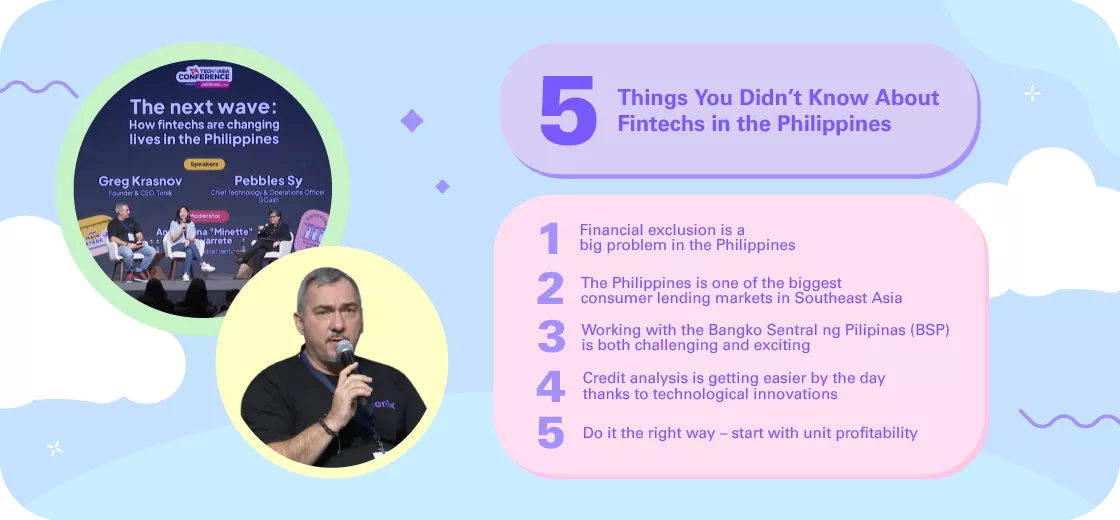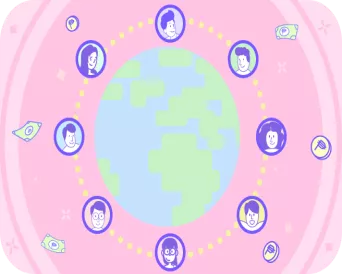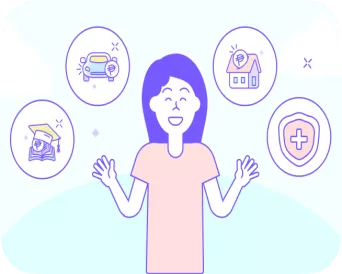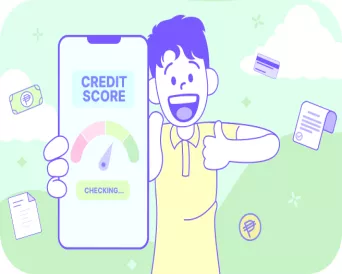Fintech has changed the way we live for the better. This is true not only in the Philippines, but the entire world as well. However, innovations are never without their challenges. There’s the lack of existing infrastructure and fear of change, just to name a few.
That’s something Tonik CEO Greg Krasnov and GCash CTO Pebbles Sy know all too well. As the individuals behind two of the biggest fintechs in the Philippines, they were able to share an abundance of insights during a panel discussion at the Tech In Asia Conference 2022 last September 21.
If you couldn’t attend, saying that you missed out on a lot would be an understatement. Fortunately, we’ve summed up Greg’s insights below, just for you!
Table of Contents
- 1. Financial Exclusion is a big problem in the Philippines
- 2. The Philippines is one of the biggest consumer lending markets in Southeast Asia
- 3. Working with the Bangko Sentral ng Pilipinas (BSP) is both challenging and exciting
- 4. Credit analysis is getting easier by the day thanks to technological innovations
- 5. Do it the right way – start with unit profitability
TOC- Table FInd
1. Financial Exclusion is a big problem in the Philippines
Greg has personal experience in how credit and loans can change lives. Speaking about his humble beginnings as a young Ukrainian immigrant in Phoenix, Arizona, he shared a piece of advice from a friend that changed his life: “Open a credit union account, get a credit builder loan, get access to bigger credit lines, and get a better credit score... Make sure you don’t screw that up!”
Sadly, most Filipinos don’t have that one friend that could give such sound advice. Big corporations have more access through traditional banks backing them up with about $300 billion dollars from deposits. “Where’s the justice in that?” Greg asks.
Solving this problem is what gets him out of bed every morning. It’s what keeps him excited.
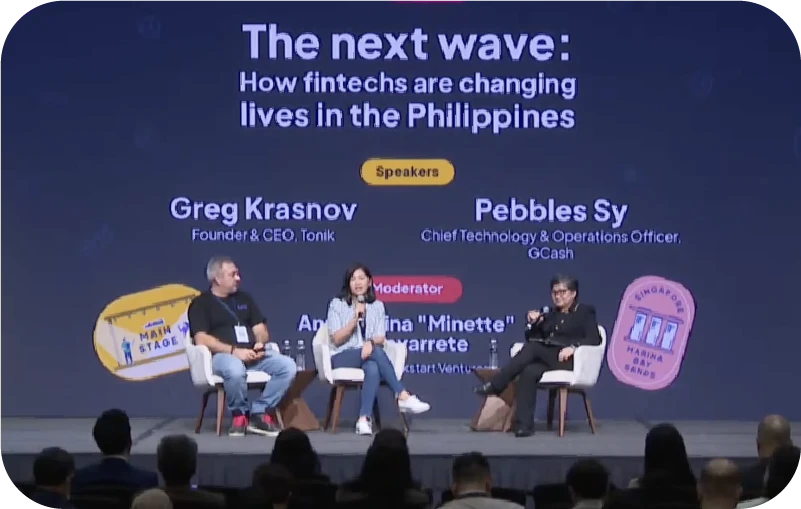
TOC- Table FInd
2. The Philippines is one of the biggest consumer lending markets in Southeast Asia
Because of the inaccessibility of credit in the Philippines, the country has become one of the largest markets for consumer lending. The country is 4-5 times less penetrated by consumer lending on a per capita basis, making the Philippines an excellent place for fintech companies like Tonik, who strive to make financial inclusion an everyday reality.
Not only that, but many Filipinos are digital natives. “Whenever I post on Facebook, it gets likes from 50 of my Filipino friends within 10 minutes. It seems like they’re always plugged in!” That’s also why Tonik uses digital channels heavily for acquisitions. “Everything from Facebook and Google to TikTok, we’re there.”
TOC- Table FInd
3. Working with the Bangko Sentral ng Pilipinas (BSP) is both challenging and exciting
You probably know that Tonik is the first digital bank to secure a license from the BSP. What you probably don’t know is that Tonik helped the BSP craft their digital banking regulations.
It started when BSP gave Tonik a rural bank license under a special regime in their I.T. department. In return, Tonik became the canary in the coal mine while the license was being developed. Thus began the mutually beneficial relationship between the two – but that doesn’t mean that it comes without difficulties.
As expected, there’s a steep learning curve that both parties have yet to overcome. “We just had our first BSP audit,” Greg shares, “and it’s interesting because they’re asking us questions [that may not be the right questions], and we’re giving answers [that may not be the right answers.]”
Still, it’s more exciting than anything else, largely due to how “agile and experimental” the BSP is.
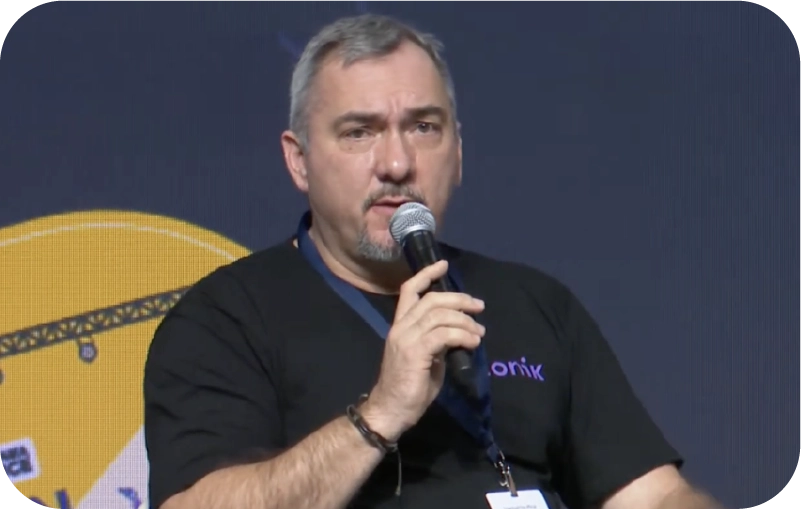
TOC- Table FInd
4. Credit analysis is getting easier by the day thanks to technological innovations
One of the biggest hurdles for fintechs in the Philippines is the lack of credit infrastructure. Additionally, the country has a weak ID system, so Tonik has to deal with dozens of variations of IDs just to onboard customers. This left Tonik no choice but to build a credit system in-house, which took a ton of time and trial-and-error.
The upside is that credit analysis has become easier and more accurate in recent years thanks to new innovations. For example, Tonik has been using tools to assess credit risk and set-up anti-fraud flags through digital footprints.
“It’s definitely a challenge,” Greg remarks, “But there’s also a first-mover advantage there, because it takes so much time to solve.”
TOC- Table FInd
5. Do it the right way – start with unit profitability
Despite being the CEO of a neobank, Greg is a self-proclaimed old-school banker at heart. “[In consumer finance], you don’t scale a product that is not profitable. That’s actually very different from other fintechs over the years.”
For him, running a successful lending business all starts with unit profitability. To achieve unit profitability, you have to optimize your two main cost drivers: cost of risk, and cost of acquisition. “Get to unit profitability, then scale after you hit that. Don't do it the other way around,” he warns.
Of course, he practices what he preaches. For Tonik’s latest lending products – Credit Builder Loan and Shop Installment Loan – unit profitability is the next goal. From there, the sky’s the limit.
To sum up the panel discussion, he leaves a brief and practical reminder to aspiring fintech founders in the Philippines who dream of a future of financial inclusion: “[Prioritize] unit profitability, maximize cash flow, break-even fast, and don’t rely on funding.”
